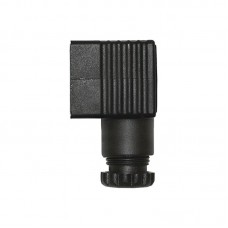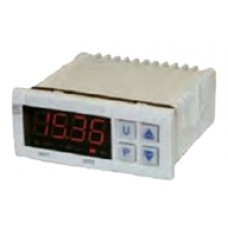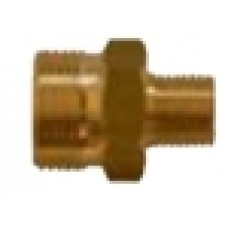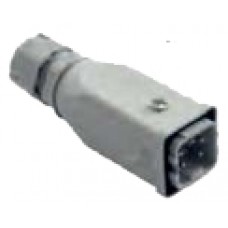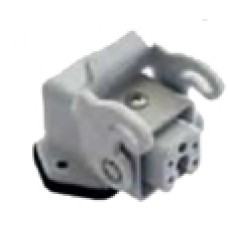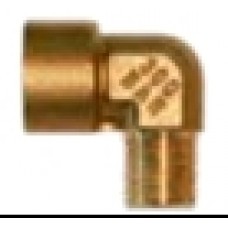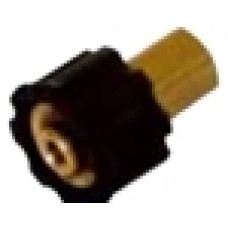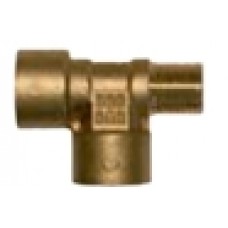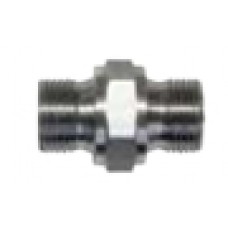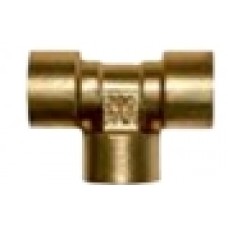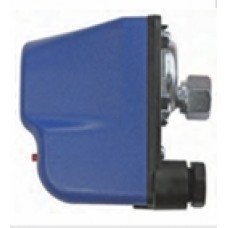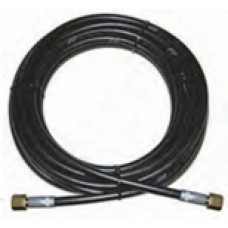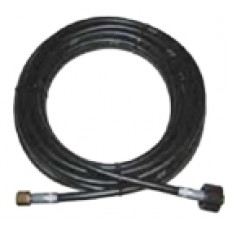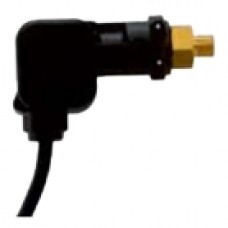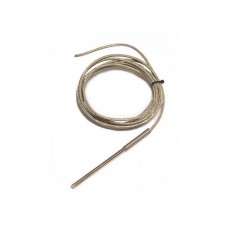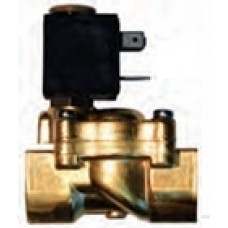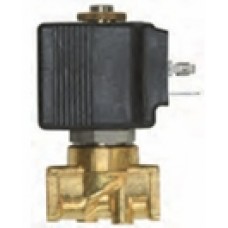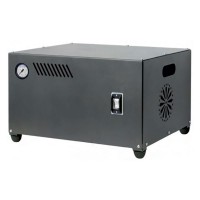
Artificial misting systems are widely used in recreational areas, greenhouses, and industrial facilities. To maintain an optimal indoor microclimate, additional devices such as humidity and temperature sensors and controllers are required.
Humidity Controller
A misting system can be controlled manually or via a controller, which acts as the brain of the equipment. In addition to the control unit, the humidity controller is connected to a pump and a hygrometer.
The hygrometer compares the ambient humidity levels with the preset values and adjusts the pump operation accordingly.
A properly configured controller will manage the misting system's operation on a set schedule. If needed, the system will make adjustments based on signals from sensors. A humidity controller serves as a great alternative to a climate control panel, as it is easy to install and operate and requires no maintenance.
Temperature Controller
The main function of a temperature controller is to maintain an optimal indoor temperature. Some devices operate on electric power, while others run on batteries, making them ideal for areas with limited access to electrical outlets.
The operation is simple: the controller measures air temperature via a sensor, displays it on a digital indicator, and adjusts the room temperature as needed.
Temperature Sensor
For the temperature controller to function accurately, it must be paired with microclimate monitoring and control systems.
In our store, you will find all the necessary devices, including misting system control panels and temperature sensors.
The temperature sensor is cable-connected, ensuring uninterrupted operation. It is particularly useful for livestock farms, where maintaining a stable microclimate is crucial to prevent bacterial and infection outbreaks in pens and enclosures.
Humidity Sensor
The humidity sensor can modify the irrigation schedule by sending signals to the controller when humidity levels change.
This device is commonly used in greenhouses, mushroom farms, plant cultivation, and propagation.
A humidity sensor is also essential for certain industrial processes. For example, in printing facilities, ambient humidity must not fall below 48%. It is also a key factor in the drying of concrete, wood, and other materials.
In our store, you will find all the necessary components and equipment for setting up an efficient microclimate control system. We offer remote controls, sensors, and controllers, with nationwide delivery.
Dosing Pumps
Dosing pumps are a special type of pump used for accurately measuring liquid volumes thanks to their precise dosage scale.
These pumps draw a specific amount of liquid and deliver it into the system line.
Features of a Dosing Pump:
- Leak-proof design
- Linear control system
- Lightweight and compact
- High-precision dosing
- Reliable and durable construction
- Low operational costs
- Long membrane lifespan
- Easy maintenance and operation
- Low energy consumption
- Unlimited dry-run capability
- Versatile applications due to various configurations
The pump performance can be adjusted by modifying stroke length and frequency, ensuring precise dosing even with fluctuating backpressure.
Unlike centrifugal pumps, misting system dosing pumps operate with a self-priming mechanism, making them more resistant to environmental factors that could affect suction efficiency.
If you need assistance in choosing the right dosing pump for your misting system, our experts are here to help. We provide technical guidance on dosing pumps, valves, and other accessories while helping you find solutions within your budget.
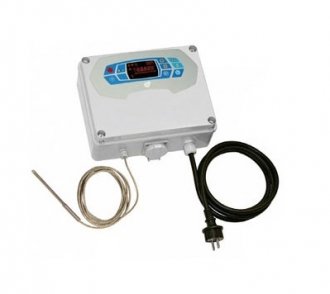
Misting System Valves
Valves in a misting system operate on an electromechanical principle, allowing the system to adjust, open, or stop the flow of the working medium.
A solenoid valve releases pressure in the pipeline when the pump stops, enabling different sections of the system to control pumps in various zones based on controller or timer signals.
Solenoid valves consist of an electromagnetic coil with a core inside. When electric current passes through the coil, the magnetic field moves the core, activating the valve mechanism.
Types of Misting System Valves:
- Normally Closed (NC): The valve remains closed when there is no voltage in the coil and opens when power is supplied.
- Normally Open (NO): These valves function oppositely, staying open until energized.
- Bistable Valves: These can switch between open and closed states with an electrical signal.
For misting systems, normally closed solenoid valves are the most common choice, as they keep the system sealed when no power is supplied.
In addition to solenoid valves, our catalog includes electromagnetic valve connectors, which facilitate easy integration with misting system setups.
If you are looking for high-quality components for your misting system, contact us. Our specialists will help you choose the best controllers, sensors, and valves for your needs.

